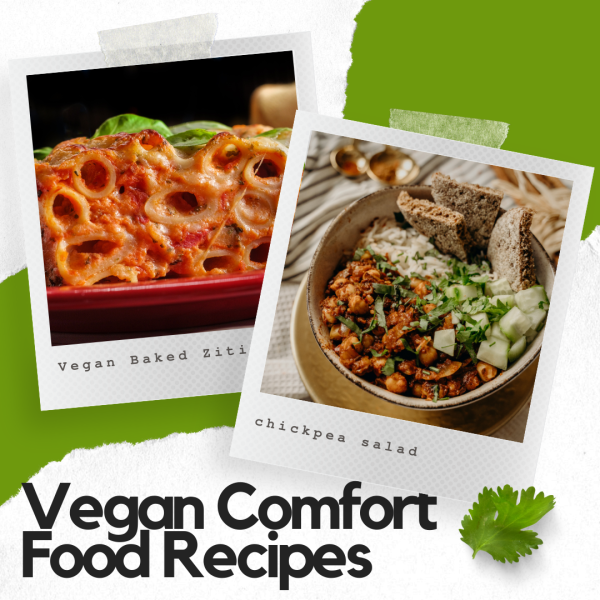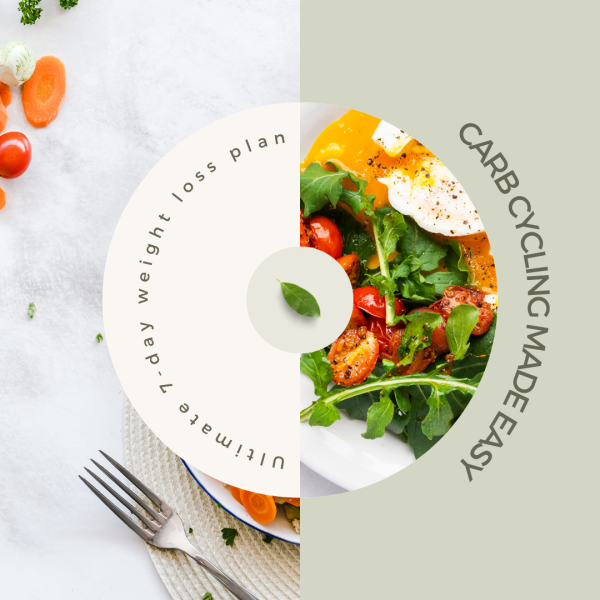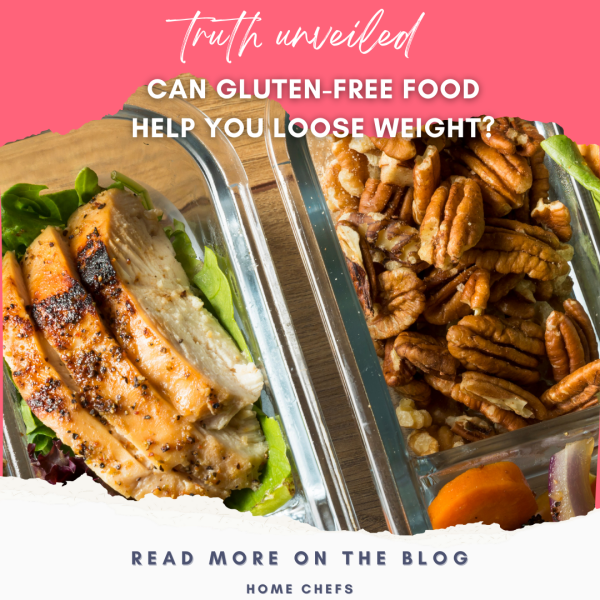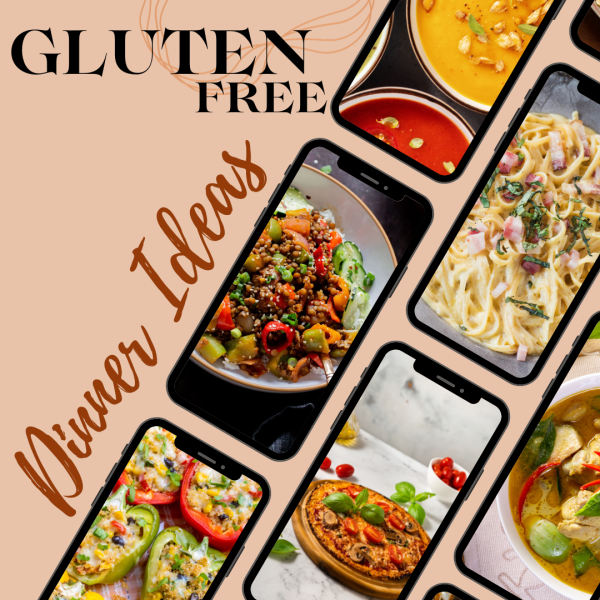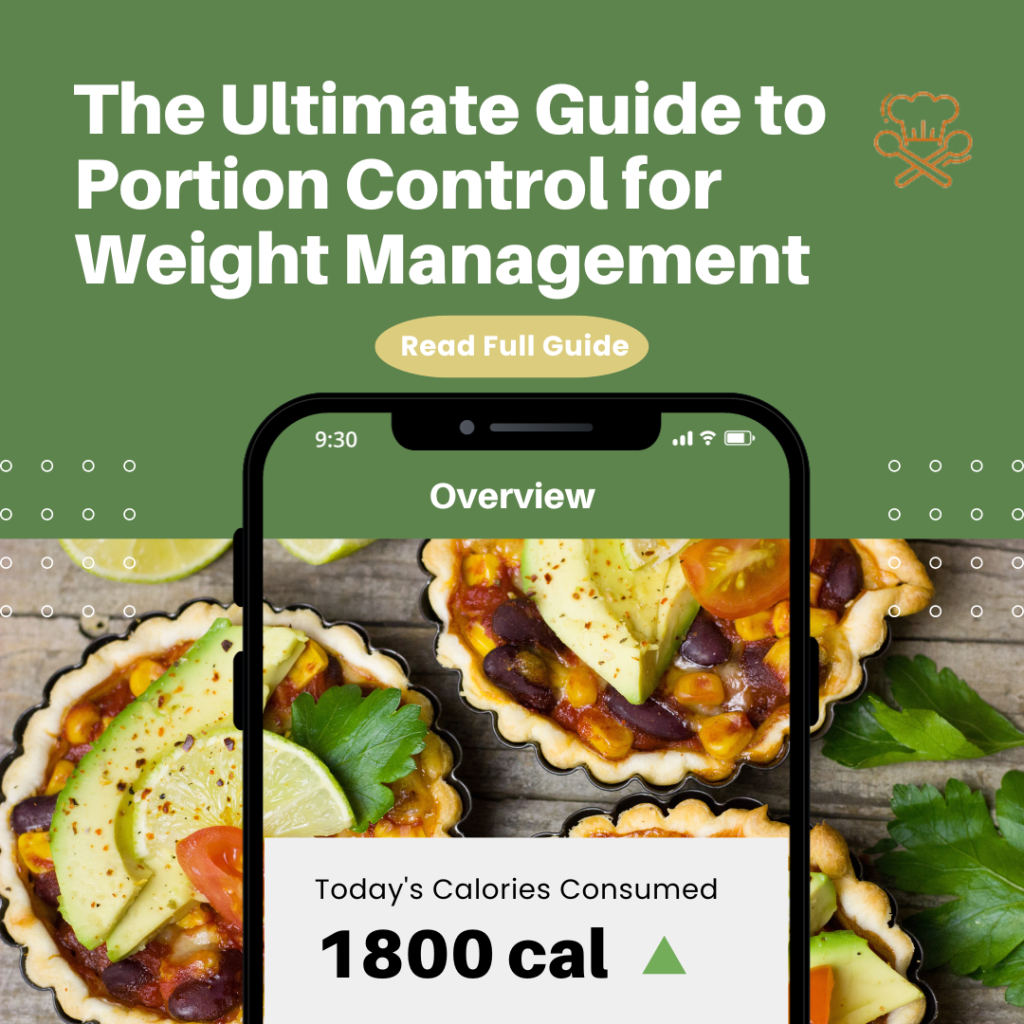
The Ultimate Guide to Portion Control for Weight Management
When it comes to achieving your weight management goals, there’s one secret that shouldn’t be overlooked: portion control. In “The Ultimate Guide to Portion Control for Weight Management,” we will explore the art of portion control and how it plays a pivotal role in maintaining a healthy lifestyle. We’ll also dive into the world of superfoods, the practice of mindful eating, and share some savvy grocery store tips to help you make healthier choices without straining your budget.
Portion Control for Weight Management
Portion control for weight management is a game-changer, and here’s why. It allows you to indulge in your favorite foods while keeping your calorie intake in check. Say goodbye to the guilt of overeating and hello to a healthier, happier you.
The concept of portion control is simple: it’s about managing the amount of food you consume in a single sitting. By regulating your portion sizes, you can prevent overindulgence and foster sustainable weight loss.
Creating a Balanced Meal Plan
A balanced meal plan for a healthy lifestyle is the foundation of your journey toward optimal well-being. It’s all about ensuring that your body receives the right mix of nutrients, including macronutrients like protein, carbs, and fats. Here’s how to create a balanced meal plan:
Diversify Your Plate: Craft colorful, nutrient-rich meals with a variety of fruits, vegetables, lean proteins, and whole grains.
Prioritize Protein: Protein is your ally in building and repairing tissues while keeping hunger at bay. Incorporate lean meats, fish, tofu, and legumes into your meals.
Choose Healthy Fats: Opt for sources of healthy fats like avocados, nuts, seeds, and olive oil. These fats are essential for overall health and vitality.
Select Whole Grains: Whole grains such as brown rice, quinoa, and whole wheat pasta provide fiber for sustained energy and essential nutrients.
Incorporating Superfoods into Your Diet
Elevate your nutrition game with superfoods for a healthy diet. These powerhouse ingredients are packed with vitamins, minerals, and antioxidants that promote wellness and support your weight management journey. Here are some superfoods to include in your meals:
Berries: Blueberries, strawberries, and raspberries are antioxidant-rich and bursting with flavor.
Leafy Greens: Spinach, kale, and Swiss chard are nutrient powerhouses, providing vitamins and minerals that your body craves.
Fatty Fish: Salmon, mackerel, and sardines offer omega-3 fatty acids for heart and brain health.
Nuts and Seeds: Almonds, walnuts, chia seeds, and flaxseeds provide healthy fats and fiber to keep you satisfied.
Mindful Eating for Weight Loss
Embrace the practice of mindful eating and weight loss. Mindful eating involves being present and fully engaged with your meals, which can help you make healthier choices and develop a positive relationship with food. Here’s how to get started:
Eat Without Distractions: Put away your devices and focus solely on your meal.
Chew Slowly: Savor each bite, chew slowly, and take your time to appreciate the flavors and textures.
Listen to Your Body: Tune in to your body’s hunger and fullness cues. Eat until you’re satisfied, not until your plate is empty.
Smart Snack Choices and Healthy Snack Ideas
Smart snacking is a crucial component of your weight management journey. Instead of succumbing to unhealthy cravings, opt for healthy snack ideas that keep you on track. Some options include:
Greek Yogurt with Berries: A protein-packed and antioxidant-rich snack.
Carrot Sticks with Hummus: A crunchy and satisfying choice.
Apple Slices with Peanut Butter: Combines fiber with healthy fats for sustained energy.
Mixed Nuts: A small handful provides the perfect balance of nutrients to curb cravings.
The Advantages of Home Cooking
Cooking at home for a healthier diet is a powerful way to take control of your nutrition. When you prepare your meals, you can manage portion sizes, select quality ingredients, and experiment with recipes that align with your health goals. Here are some advantages:
Portion Control: Easily measure and portion your meals to meet your dietary needs.
Quality Ingredients: Choose fresh, whole ingredients and control the levels of salt, sugar, and fats in your dishes.
Experiment with Healthy Recipes: Try new recipes with wholesome ingredients to keep your meals exciting and satisfying.
Immune-Boosting Foods for Health
A strong immune system is your body’s defense against illness. Incorporating foods that boost the immune system into your diet can enhance your overall well-being. Some immune-boosting options include:
Citrus Fruits: Oranges, lemons, and grapefruits are rich in vitamin C, a potent immune booster.
Garlic: Known for its immune-boosting properties and potential to reduce the severity of colds.
Ginger: Provides anti-inflammatory and antioxidant effects, beneficial for immune health.
Probiotics: Found in yogurt and fermented foods, they support gut health, which is closely linked to immune function. You can also purchase probiotics capsules here.
Eating Healthily Without Breaking the Bank
Eating healthily doesn’t have to be expensive. You can achieve healthy eating on a budget with these strategies:
Plan Your Meals: Create a weekly meal plan and shopping list to avoid impulse purchases.
Buy in Bulk: Purchase staples like rice, beans, and pasta in bulk to save money over time.
Cook in Batches: Prepare large meals and freeze portions for later use.
Choose Seasonal Produce: Seasonal fruits and vegetables are often more affordable and fresher.
Grocery Store Tips for Healthy Choices
Navigating the grocery store aisles can be overwhelming, but with these grocery store tips for healthy choices, you can make informed decisions:
Shop the Perimeter: Fresh produce, lean proteins, and dairy products are usually located around the perimeter of the store.
Read Labels: Check nutrition labels for added sugars, saturated fats, and sodium.
Limit Processed Foods: Minimize your intake of processed and packaged foods.
Stick to Your List: Stay on track by adhering to your shopping list and avoiding spontaneous purchases.
Embarking on a journey of weight management through portion control is a step toward a healthier and more balanced lifestyle. By creating a balanced meal plan that includes superfoods and practicing mindful eating techniques, you can achieve your health and wellness goals. Additionally, making smart snack choices, cooking at home, and selecting immune-boosting foods will further support your efforts to achieve a robust and resilient body. Remember that consistency and patience are key, and by gradually incorporating these habits into your daily routine, you can experience long-lasting benefits in both your physical and mental well-being.


